GCM’s Photo Quiz is presented in partnership with STEC Equipment.
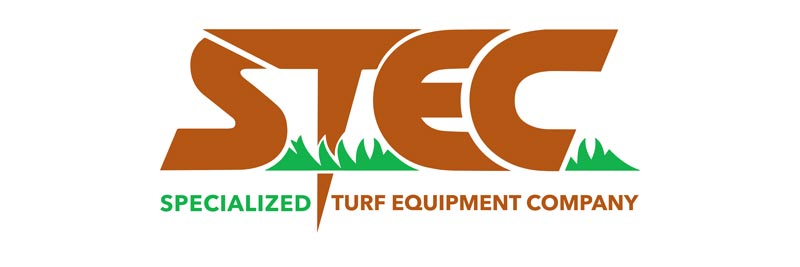
Problem A: Marks embedded in green
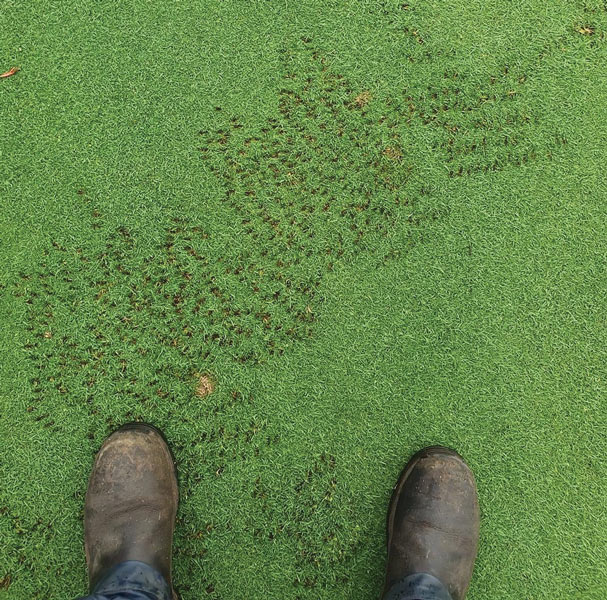
Location: Marangaroo, Australia
Turfgrass area: Putting green
Turfgrass variety: Penncross bentgrass
Problem B: Hole in newly aerified green where cup had been removed
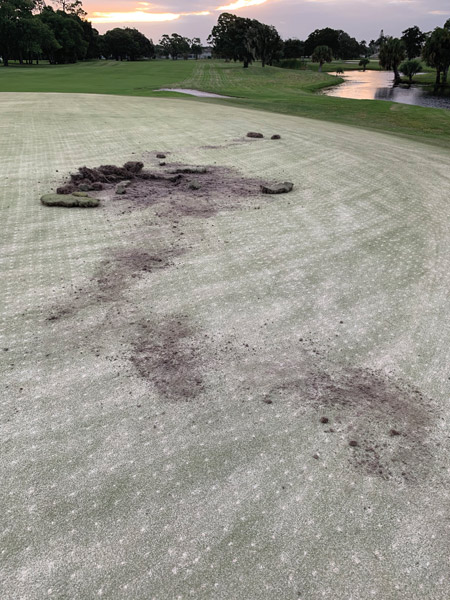
Location: Rockledge, Fla.
Turfgrass area: Putting green
Turfgrass variety: Diamond zoysiagrass
Scroll down for answers.
Problem A: Marks embedded in green
The strange marks embedded in this bentgrass green on a golf course in Western Australia, outside Perth, were caused by the country’s national animal, the kangaroo. The course is located in an urban setting, but it borders a conservation area. The kangaroos like to venture over and graze on the lush green grass of the golf course even though there are humans present.
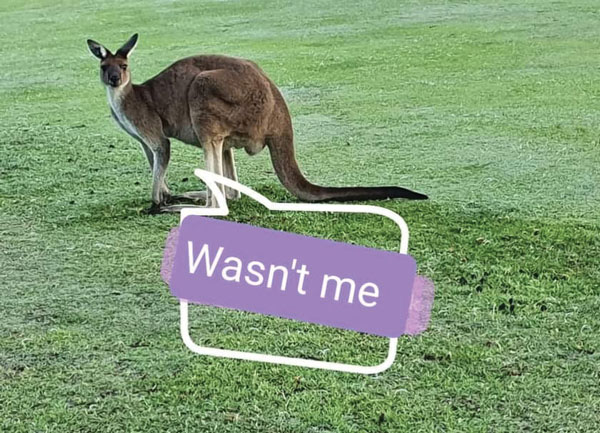
When the golf course superintendent came upon these kangaroo claw marks, he was astounded by the pattern as well as the amount of them on the green. Kangaroos have three claws on their back feet and five claws on their hands, and when they graze, they crouch down on all four limbs and slowly nibble away, like 100-pound rabbits. Other damage from the critters usually occurs on fairways, tees and rough areas. This damage is more severe, because the kangaroos use their claws to pull up the kikuyugrass runners and snack away.
Photo submitted anonymously.
Problem B: Hole in newly aerified green where cup had been removed
Keeping with the theme of animals in urban areas this month, this damage was caused by wild hogs. Even though this eastern Florida golf course backs up to wooded areas, this damage was surprising to the superintendent because this particular hole is nearly surrounded by homes.
After heavy rains had swamped the wild hogs’ normal habitat, they moved to higher ground, which included the golf course. The cup had been removed from this green prior to aerification and topdressing when a hog happened upon it one evening. Evidently, the hog found the hole and decided there might be something tasty down there, so it expanded the hole by digging.
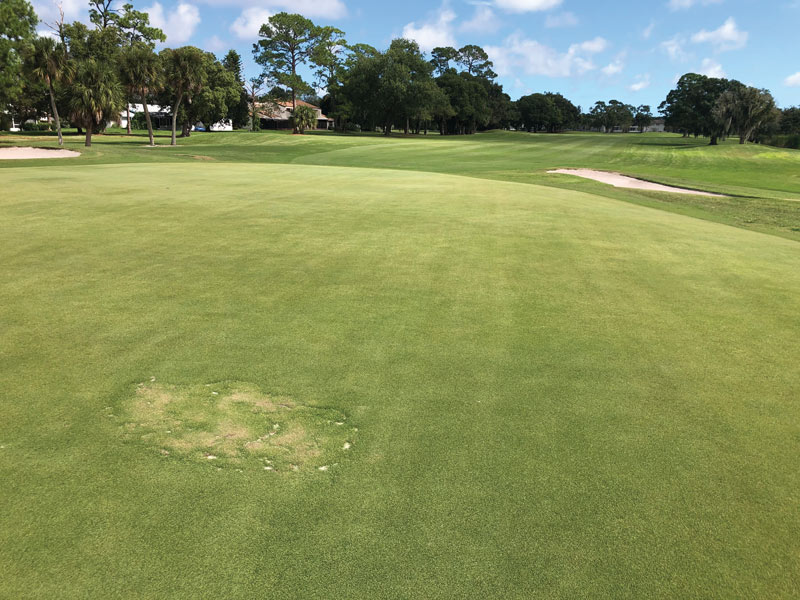
The next morning, after the damage had been discovered, the repair was made by fixing the sub-base and replacing the zoysiagrass sod like a jigsaw puzzle, then tamping the area smooth. Additional topdressing was added to smooth out the area. When the hogs’ normal wooded habitat dried up, they left the property.
Photo submitted by Jerry Yeomans, the GCSAA Class A superintendent at Rockledge (Fla.) Country Club and a 27-year association member.
Editor’s note: Have a photo of an on-course anomaly? GCM would love to have a look! Email it to Photo Quiz author John Mascaro.
John Mascaro is the president of Turf-Tec International.